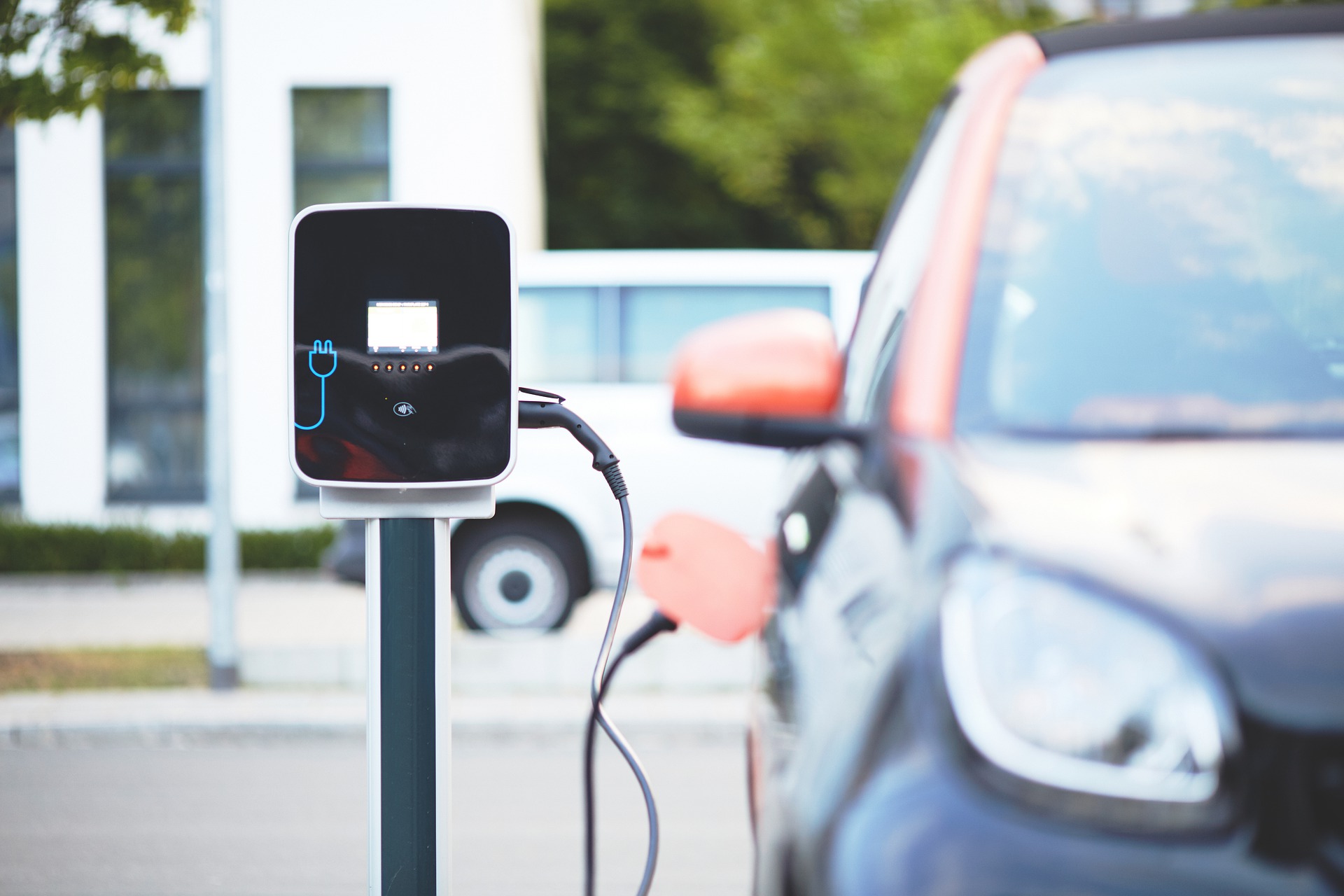E-mobility is a growing trend that is revolutionizing the way we experience the city. The keywords are flexibility, accessibility and sustainability.
The undisputed protagonists of electric mobility’s future are the industries that will be able to produce performing electric vehicles and bring digital innovations in IT services improving user experience.
With e-mobility, we are moving towards green mobility thanks to technology with an eye towards the environment, since electric mobility includes all vehicles that, instead of classic fossil fuels and oils, use electricity as a primary energy source, such as:
• Electric vehicles
• Hybrid electric vehicles
• Transport using hydrogen fuel
E-mobility and today’s trends
Let’s see together some of the e-mobility today’s trends:
1. Shared mobility:
Shared mobility is based on the principle of sharing cars, bicycles, scooters and monowheels. The advantages are numerous, such as:
– Decrease of CO2 emissions, the main cause of pollution
– Reduction of older vehicles circulation with highly polluting emissions. They are less safe and require more maintenance.
– No parking and/or garage costs
– Chance to choose how to move to reach a specific place also considering peak times and traffic, especially if you live in large cities
– Easy access to public transport such as trains and buses even if you live in the suburbs or less served areas
– Easy and ideal for tourists too
– No insurance, road tax, maintenance costs
– Affordable subscription, especially if you think of students
– Control via app to find out the remaining battery life and search for the nearest depot station
2. On-board connection
As for cars, having an internet connection on-board is essential in terms of safety to receive anomalies reports, suspicious movements, remote assistance. Furthermore, the connection with your smartphone also allows you to know in real-time, the exact position vehicle even in case of theft, or to find the nearest charging station.
3. Smart infrastructures
Digital innovations are transforming the way people shop, move around and experience the city. The focus is increasingly on smart cities, i.e. cities with better urban planning, reliable and efficient transport systems and better environmental sustainability. A smart city is where everything works digitally.
Key points for e-mobility
To improve e-mobility diffusion, the battery autonomy and its recharging time are essential. But it is also necessary to invest in Artificial Intelligence. For instance, In Tesla cars, reaching a destination is very simple. The on-board computer shows the shortest and optimized route, which includes intermediate charging stations.
A practical example is to hypothesize to move between 2 cities which are on average 150 km apart. To optimize travel time, the car onboard computer equipped with artificial intelligence will suggest the fastest route and show where to stop to recharge the car and display the duration of each stop.
A challenge for the future is that this technology will soon be accessible also in mid-range vehicles and therefore to a wider market.



